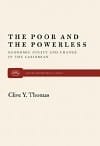
The Poor and the Powerless: Economic Policy and Change in the Caribbean
Argues than another form of development—by the poor and for the poor—is not only possible but necessary. | more…

Argues than another form of development—by the poor and for the poor—is not only possible but necessary. | more…
Sol Yurick writes radical novels, good ones, and loves to speculate on how culture gets inside people’s bones. In the early 1970s, Sol and I spend a lot of time musing over Monopoly, a game many leftists love to hate, others hate to love, and practically everybody plays. According to Shelly Berman, the comedian, “Monopoly evokes a unique emotion, the surge of thrill you get when you know you’ve wiped out a friend.” But what else is going on as we accumulate property and scheme how to beggar our neighbors? Are we simply expressing some atavistic urge for power, or tuning in, consciously or unconsciously, to the attitudes that are most highly prized in our business-oriented society? | more…
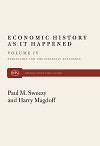
This is the fourth in the magisterial series of essays by the former editors of Monthly Review on the state of the U.S. economy and its relation to the global system. Like its predecessors, this volume focuses on the development of U.S. capitalism as it takes place, and covers the 1980s. The authors stress the profound contradictions of the underlying processes of capital accumulation and identify, before any other economic commentators, the immense implications of the use of the explosion of debt to attempt to solve the problems presented by the underlying stagnation in the real economy. | more…

[Britannica’s revisionist] distortions of the history of the Vietnamese struggle are just as radical and just as misleading [as those about the Soviet Union]. Here we may draw some valuable lessons about the hidden content of form: how apparently neutral principles of organization may shape meaning. | more…
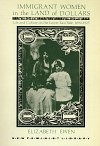
At the turn of the century, millions of European women set sail with their families for the United States. Behind them stood a world of peasant agriculture and small town life. Ahead lay the concrete metropolis, swept by the winds of industrial development. Immigrant Women in the Land of Dollars tells the story of the Jewish and Italian women who came to inhabit New York’s Lower East Side during this period of massive migration. By looking at two generations — mothers born in the Old World, and daughters born in the new — and making extensive use of oral histories, Elizabeth Ewen presents the compelling tale of a metamorphosis in life and in perception. | more…
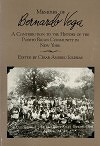
When Bernardo Vega arrived in New York from Puerto Rico in 1916, he was at the forefront of a migrant stream that was soon to become a flood. His memoirs—perceptive, lively, and politically aware—provide us with a unique and often humorous firsthand account of the life of an immigrant, as well as of the concerns and activities of the Puerto Rican community in New York in the period between the wars. | more…
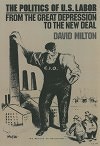
The alliance of the industrial labor movement with the Democratic Party under Franklin D. Roosevelt has, perhaps more than any other factor, shaped the course of class relations in the United States over the ensuing forty years. Much has been written on the interests that were thereby served, and those that were co-opted. In this detailed examination of the strategies pursued by both radical labor and the capitalist class in the struggle for industrial unionism, David Milton argues that while radical social change and independent political action were traded off by the industrial working class for economic rights, this was neither automatic nor inevitable. Rather, the outcome was the result of a fierce struggle in which capital fought labor and both fought for control over government labor policy. | more…

Classic study of the fiscal crisis that gripped New York City — and much of urban America — in the 1970s. | more…
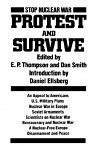
Protest and Survive is a powerful gift to the growing American movement from European Nuclear Disarmament (END), which E.P. Thompson helped to found, drafting the mobilizing documents. The book originated as a reaction to “Protect and Survive,” a take-cover pamphlet prepared in 1980 by British civil defense. The volume contains historian E.P. Thompson’s “A Letter to America,” and 11 other essays exploring the arms race, nuclear war, military bureaucracy and the prospects for peacemaking. | more…
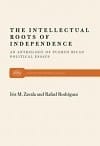
Explores the impact of colonial domination and defends Puerto Rican anti-imperial struggles. | more…

This book makes the argument, supported by rich and extensive historical research into original sources, that it is possible to revolutionize work so that it can be, in the author’s words, “satisfying, creative, and stimulating at the same time that it is materially productive: we can have material abundance along with interesting work.” | more…
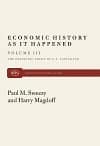
This is the third book of essays on the United States and the world economy produced by the fruitful collaboration of Monthly Review editors Paul M. Sweezy and Harry Magdoff. In these essays, written between 1977 and 1981, the authors assess the results of efforts taken to stabilize the economy after the epochal changes of the early 1970s, the end of capitalism’s “golden age,” by attempts to counteract the effects of inflation, debt dependence, speculation, and financial instability. | more…
Notifications